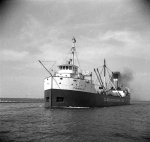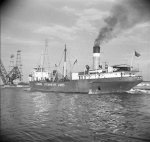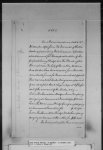scotto
07-18-2013, 12:33 AM
I have been asked about the many bridges that have spanned the Burlington Canal since it was first cut through the Beach Strip back in 1826.
Some early history from author Bill Manson
____________________________________
With the completion of the Burlington Canal in 1826, a wooden bridge was constructed to allow the passage of land traffic across the new waterway. However, this bridge sustained heavy storm-damage and was torn down. It was replaced by a swing bridge in 1830. Unfortunately this bridge too came down when struck by a schooner. For decades after the accident, a wooden scow, pulled by heavy chains, was used to transport people, animals, and goods across the canal.
Many descriptions of the early canal suggest that there was a moveable bridge, but it didn't last long and those who wanted passage to other side of the canal had to pay a fee to use the wooden scow and at times it was impractical due to the weather. In the winter many just walked across the frozen canal, a line was strung across for some safety, keep in mind that the canal was not wide as it is today.
Edit; Another good description of the early wooden bridge can be viewed in this thread;
http://hamiltonbeachcommunity.com/forum/showthread.php?t=2229&page=3 (The First Ferry Across Burlington Canal; The Swing Bridge And The Old Ship Inn)
The Swing Bridges
With the spread of the railway through out the Hamilton area, a more cost effective route was look at, the trip through the Beach Strip saved considerable time and money, so it was the railway that brought the first heavy moveable structure to the Beach.
From Charles Cooper's Hamilton's Other Railway
____________________________________________
At the canal, the new through-truss swingbridge was swung (by hand) for the first time on January 10, 1877. The 375 foot long riveted, wrought-iron superstructure was constructed for the H&NW by the Hamilton Tool Works at a reported cost of $23,000. The Hamilton Times proudly noted that "the construction of this bridge in Canada has circulated over $12,000 amongst the working population of the country", and added reassuringly that "the bridge will be eventually worked by an engine of 20 horse power which has been manufactured by Mr. Northey of this city". Five days later, the first engine tested the bridge by crossing and re-crossing it at different speeds, and making stops at random. Evidently all went well, and regular service across the bridge began the following month.
A couple pictures of the first railway Swing Bridge.
http://i833.photobucket.com/albums/zz256/scotto2010/Bridge/Five Bridges/ATBrown_zps6f37db45.jpg
A of O, A T Brown Coll C302 3 0 21 5, courtesy Charles Cooper
http://i833.photobucket.com/albums/...es/HNWswingbridgeBurlingtonAO_zps34be22b5.jpg
A of O , A T Brown Coll C302 3 0 21 1, courtesy Charles Cooper.
__________________________________________
The original wrought-iron steam-powered railway swingbridge was replaced in 1902-03 by a new bridge with steel truss spans and a raised control cab. The new bridge, to be swung by electric power, was built on the site of the old one. "During the construction of the new steel bridge over the canal at Burlington, passenger and freight traffic between Hamilton and Burlington, via the Beach, has been suspended, the service being operated via Waterdown and Burlington Junction" (The Railway and Shipping World, June 1902). The new bridge was opened for traffic in the summer of 1903. Until 1930, only one of the railway swingbridge's two spans actually crossed the Canal, the other being a balancing span.
In 1896 the Dominion government began work on a highway swingbridge to connect the new road along the west side of the beach strip. This bridge had wooden sidewalks and a narrow lane for vehicles.When the Hamilton-Burlington radial electric railway (the HRER) reached the Canal in 1896, it negotiated the right to use it in exchange for providing the motor and the power to operate it. This swingbridge had a south-side pedestal, and it was asymmetrical because of the need to clear the lighthouse immediately to the east.
This road/radial swingbridge was replaced in 1921-22 by a single leaf bascule bridge, also based on the south (Hamilton) side. During its construction, the radial cars were diverted over the GTR track, and only pedestrian traffic was permitted across (which played havoc with the daily milk and bread deliveries of the day).
In 1930-31, the Canal underwent its final widening to 300 ft, at which time the railway swingbridge was relocated diagonally 52 ft to the southeast, with its pedestal on an artificial island between the channels. At the same time, another bascule leaf was built on the north side of the channel to complement the existing road bascule bridge. (The radial rails remained on the southerly bascule leaf until 1946, when their removal caused a balance problem that required the removal of three and a half tons of ballast concrete.)
On April 28, 1952, the north leaf of the road bascule bridge was damaged beyond repair when the laker W.E. Fitzgerald collided with it. It was never rebuilt, and a temporary bridge was installed to meet the south bascule. In 1962 the railway and the road were accommodated by means of a combination liftbridge, with the track now back on the alignment of the original railway swingbridge. At that time, the 1902-03 railway swingbridge, the 1952 temporary north side road bridge, the 1922 bascule leaf bridge, and the centre island in the channel were demolished.
http://i833.photobucket.com/albums/...dradialswingbridges1900AOATBrownCollection_zp s8273eea4.jpg
A of O, A T Brown Collection C302 3 0 21 3, courtesy Charles Cooper.
http://i833.photobucket.com/albums/zz256/scotto2010/Bridge/Five Bridges/Radial1_zpse066abbd.jpg
A of O, A T Brown Collection C302 3 0 21 2, courtesy Charles Cooper.
http://i833.photobucket.com/albums/...dradialswingbridgesca1903AOATBrownColl_zps685 f2327.jpg
A of O, A T Brown Collection C302 3 0 21 4, courtesy Charles Cooper.
http://i833.photobucket.com/albums/...GTRSwingbridgeBurlingtonBeach_zps4c2ebe2a.jpg
Courtesy Charles Cooper.
http://i833.photobucket.com/albums/zz256/scotto2010/Bridge/Five Bridges/OldBridges_zpsf21dd22c.jpg (
http://s833.photobucket.com/user/sc.../Five Bridges/OldBridges_zpsf21dd22c.jpg.html)
I don't recall a credit on this photo, but the photographer is Gary Clifford.
http://i833.photobucket.com/albums/zz256/scotto2010/Bridge/Five Bridges/SupEngX16_zpsf0fd486f.jpg (
http://s833.photobucket.com/user/scotto2010/media/Bridge/Five Bridges/SupEngX16_zpsf0fd486f.jpg.html)
Hamilton Public Library.
http://i833.photobucket.com/albums/.../BurlingtonCanal1952Spectator_zpsb9114f9f.jpg
Courtesy Charles Cooper.”
Scott,
Were pedestrians permitted to use the Hamilton and Northwestern Railroad’s swing bridge? This is something I’ve wondered about for some time, but more soe today when reading the ‘Herald Marker’ thread, in which your post says that the ‘Around the Bay Road Race’ began in 1894. This was two years before the road swing bridge was constructed.
“scotto
05-15-2011, 03:10 PM
"In 1894 the Hamilton Herald and a cigar store owner named Billy Carroll teamed up to sponsor a 30 km road race. Held on Christmas Day the first Around the Bay Road Race was a rousing success. It is not known if the publicity from the promotion of the race increased cigar sales at Carroll's store."
Read more;
http://hubpages.com/hub/In-1900-Caffery-and-Sherring-dominated-Boston
http://hamiltonbeachcommunity.com/forum/archive/index.php/t-1856.html
________________________________________
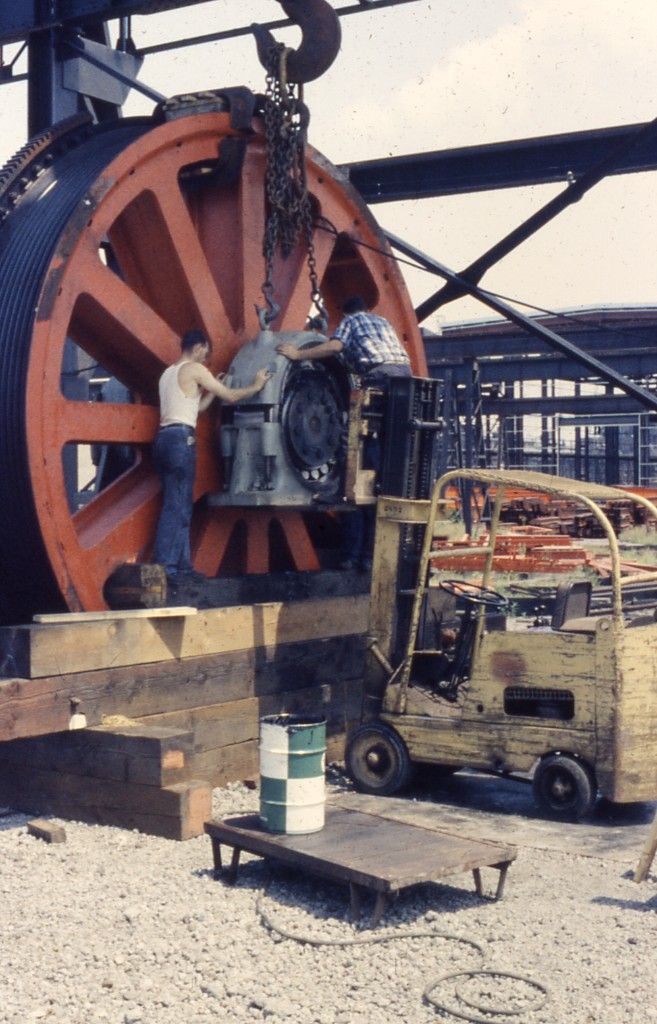

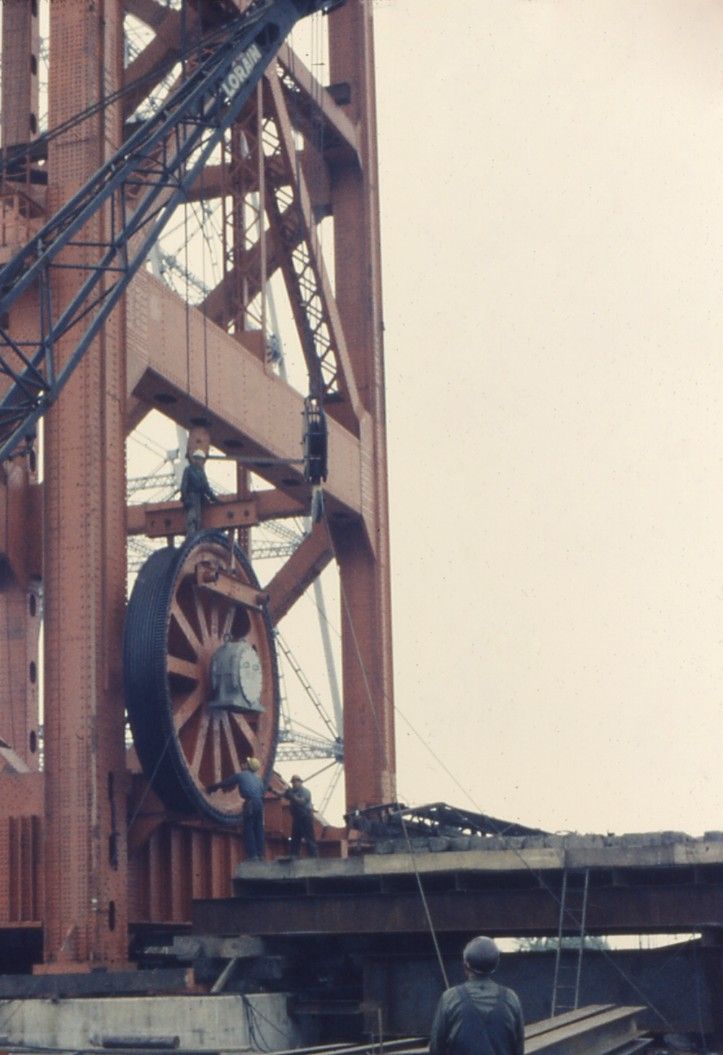


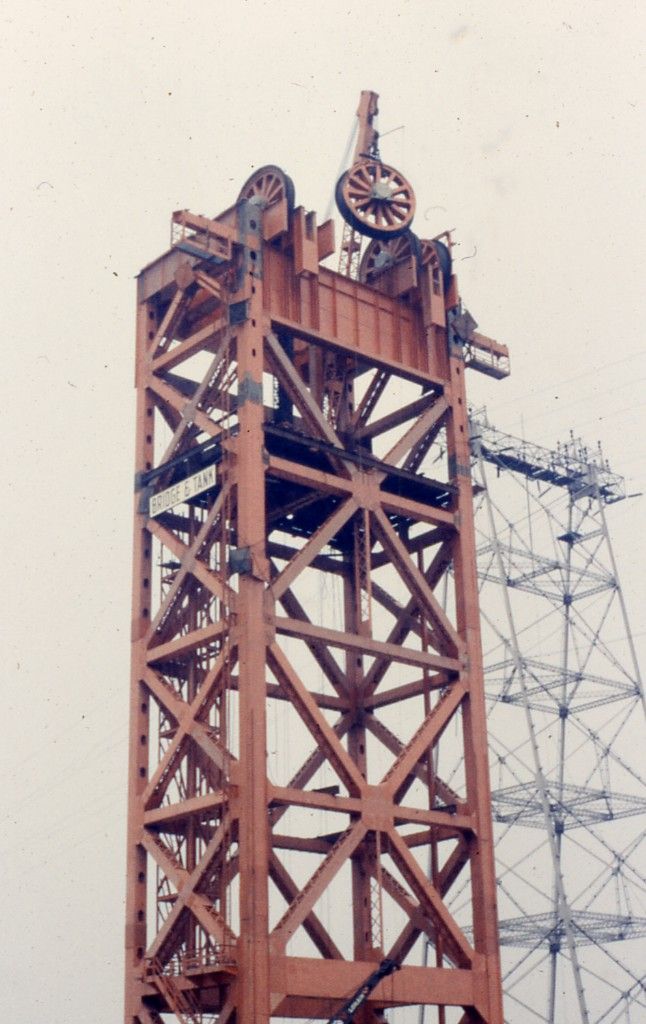
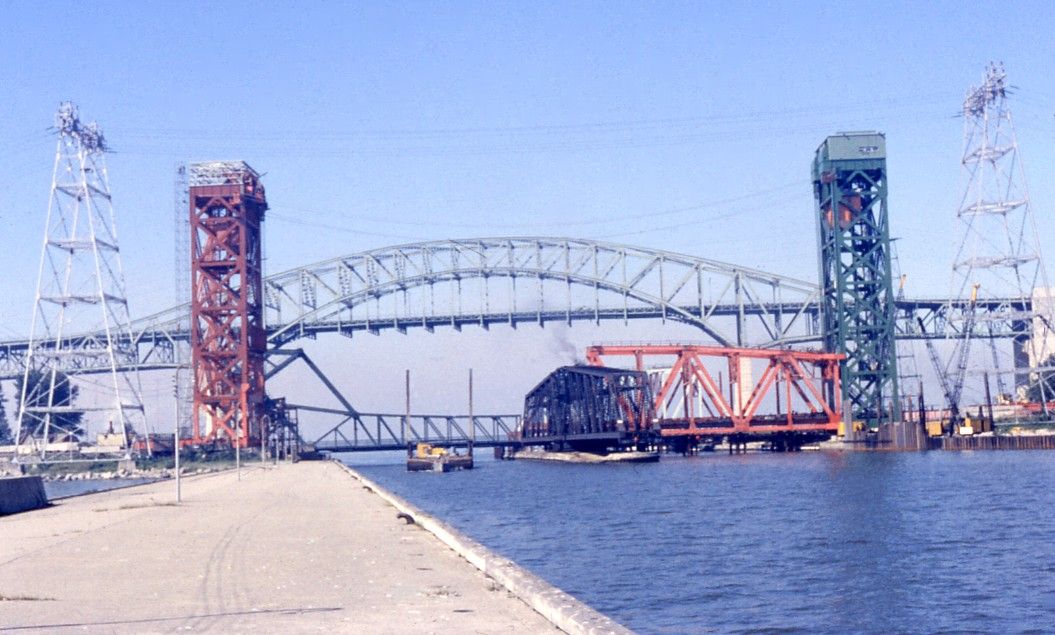
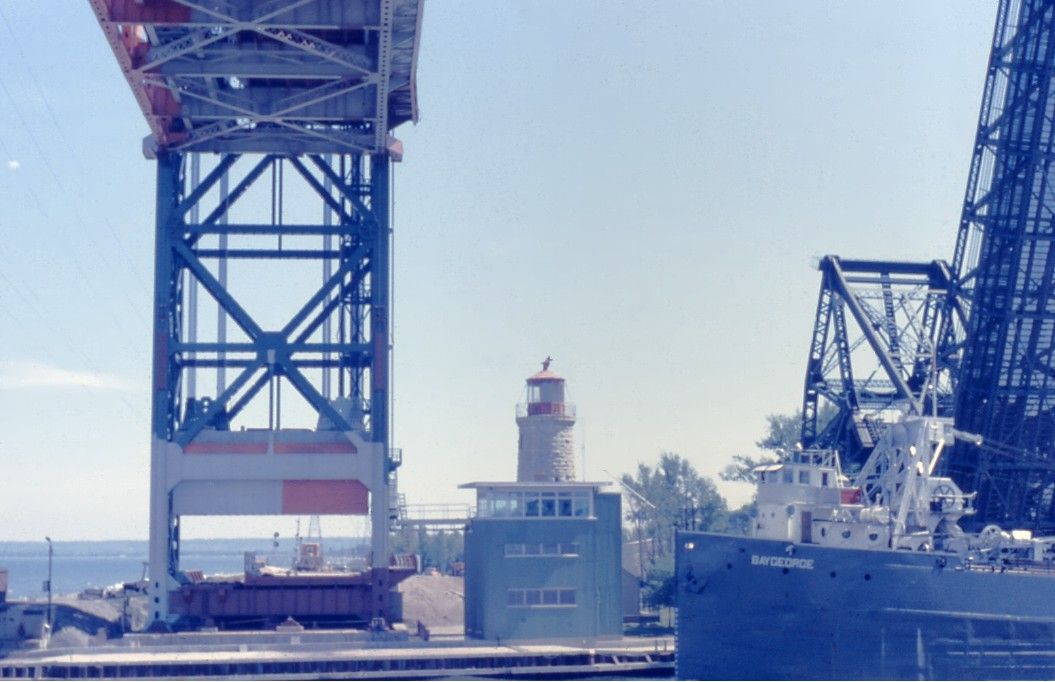
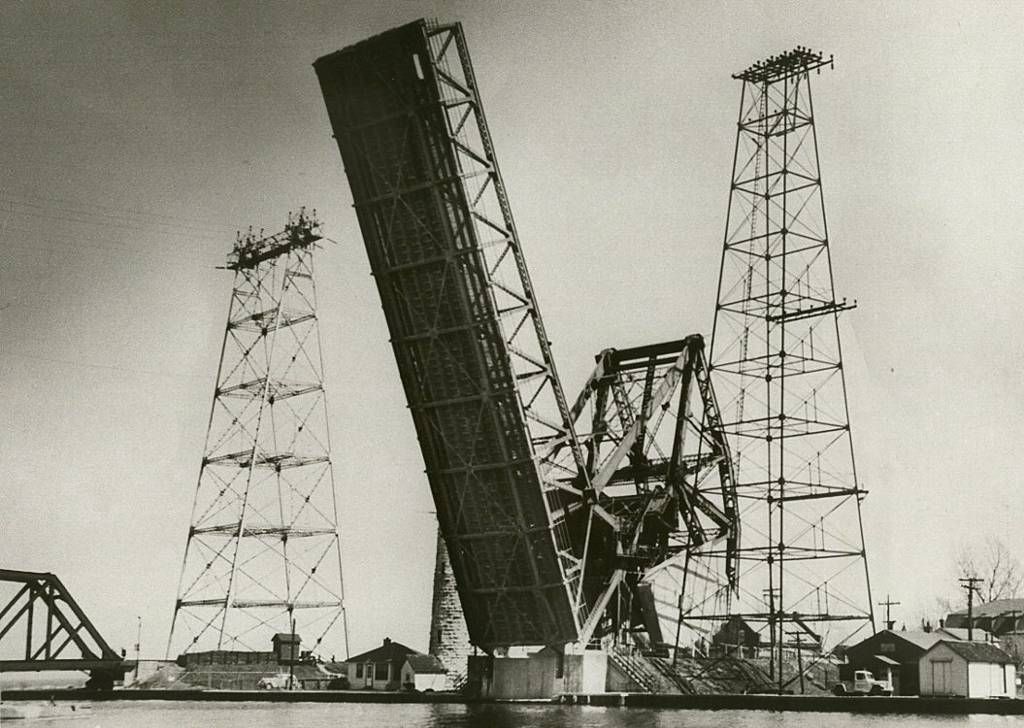

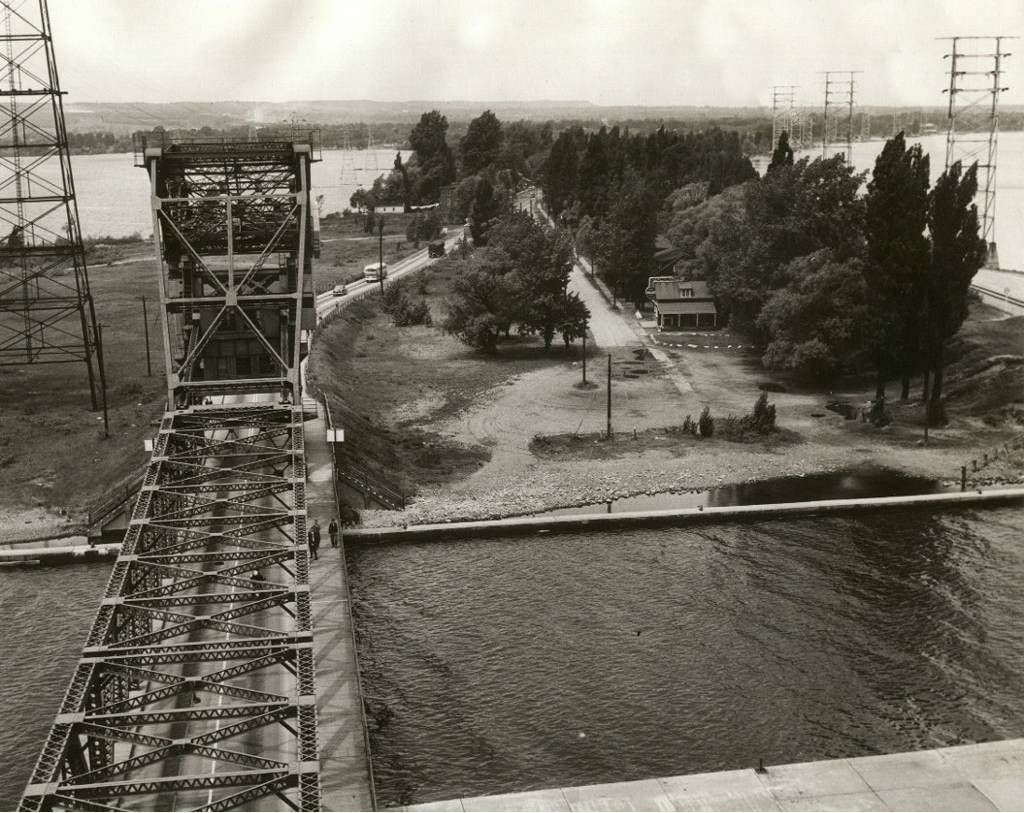
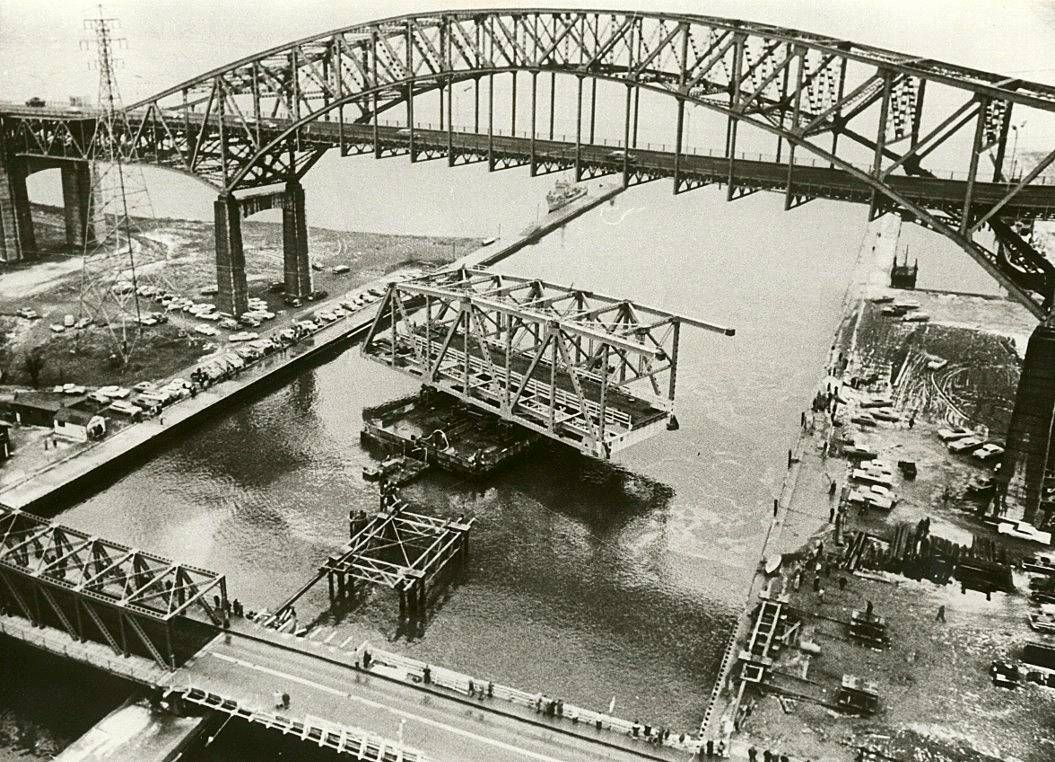
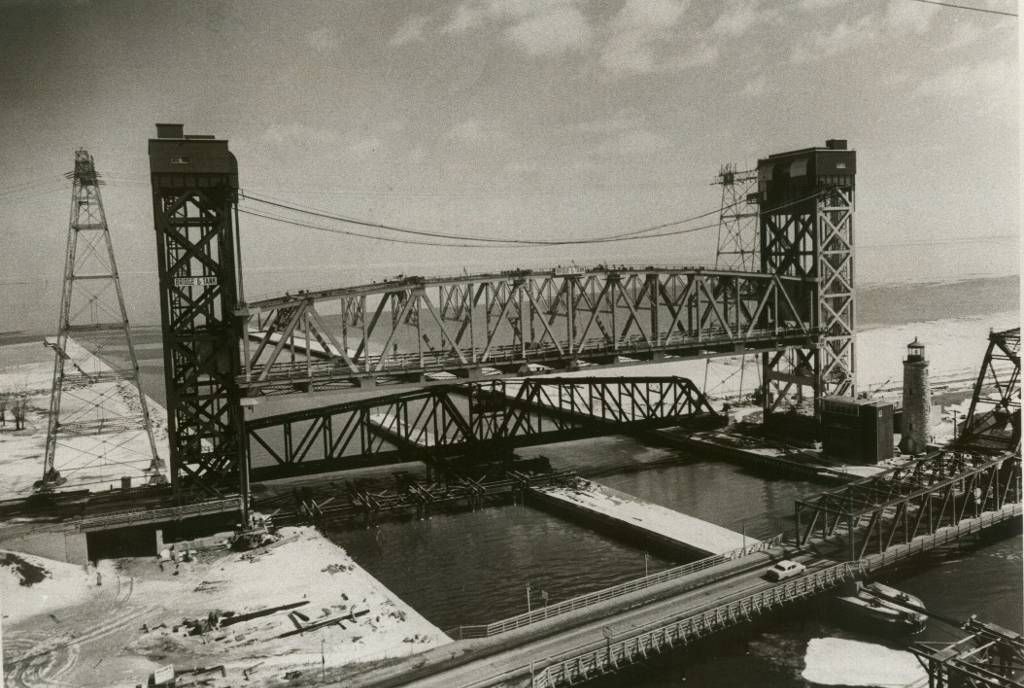
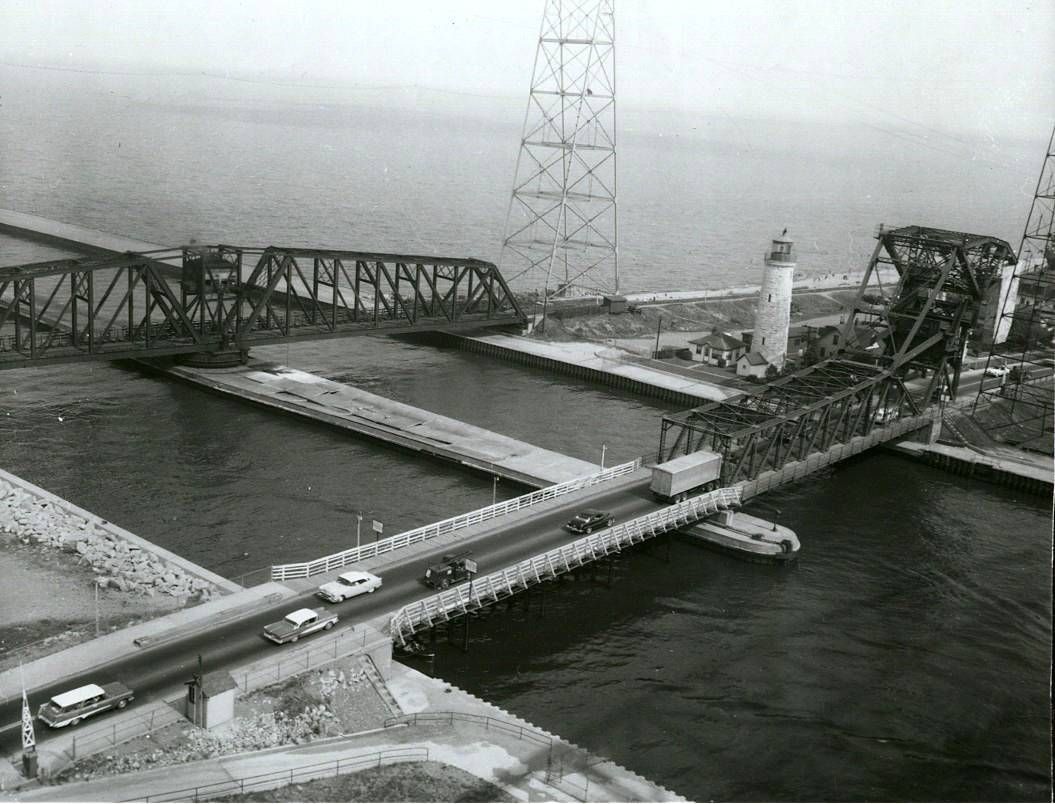
![Howard L. Shaw [Hamilton].jpg](/forum/data/attachments/0/62-35545fa218b41692bbdbd9e28bdc76f8.jpg)
